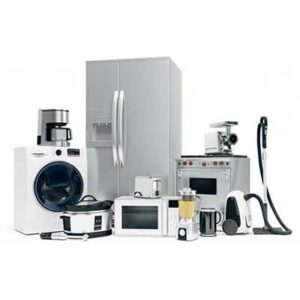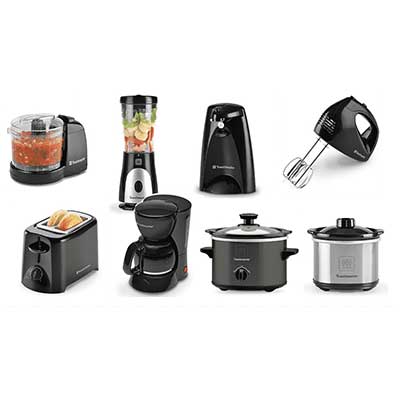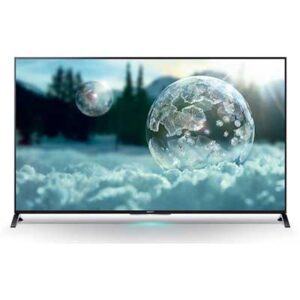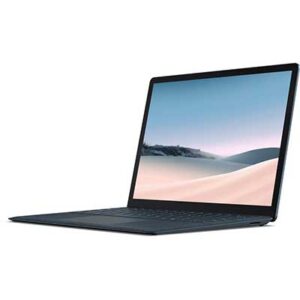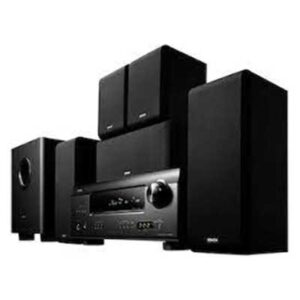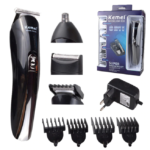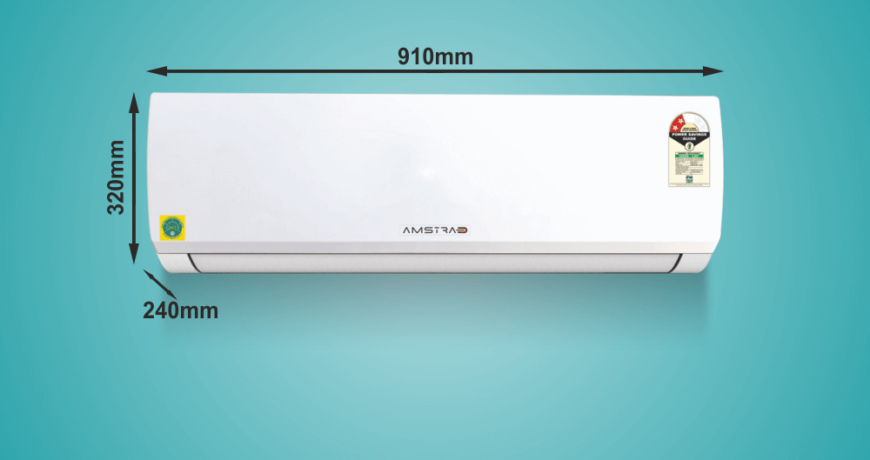How Do Air Conditioners Work Leave a comment
air conditioners have become a vital component of contemporary life, keeping us cool and comfortable during hot summer months. But have you ever wondered how these gadgets truly work?
In this post, we will dig into the inner workings of AC, investigating the science underlying their cooling capacities and putting light on the numerous components that make them perform successfully.
Understand How AC Function
To understand how air conditioners function, we first need to comprehend the concepts of refrigeration. Refrigeration is founded on the premise that as a liquid evaporates, it absorbs heat from its surroundings, providing a cooling effect. Air conditioners apply this concept to chill the air within a room or a structure.
The Components Of An AC
Air conditioners consist of numerous important components that work together to create cooling. These components include:
Compressor
The compressor is the heart of the AC. It pressurises the refrigerant gas, boosting its temperature and transforming it into a high-pressure, high-temperature gas.
Condenser
The hot, high-pressure gas then goes into the condenser, where it releases heat to the surrounding environment. As a consequence, the gas condenses into a high-pressure liquid.
Expansion Valve
The high-pressure liquid travels through the expansion valve, which controls its flow and lessens its pressure. This causes the refrigerant to evaporate, collecting heat from the surrounding air and converting into a low-pressure gas.
Evaporator
The low-pressure gas next enters the evaporator, a heat exchanger consisting of a series of coils. As the heated interior air flows over these coils, the refrigerant absorbs heat from the air, causing it to cool down and dehumidify.
Blower and Ductwork
The blower, housed inside the air conditioner unit, moves the cooled air via the ductwork, dispersing it evenly across the room or structure.
The Part Of Refrigerants
Refrigerants play a significant part in the cooling process. They are specialty fluids with low boiling points that promote the transport of heat. Commonly used refrigerants include hydrofluorocarbons (HFCs), such as R-410A, and hydrochlorofluorocarbons (HCFCs), such as R-22.
However, owing to environmental concerns, several nations are moving to more eco-friendly refrigerants, such as hydrofluoroolefins (HFOs) and hydrofluorocarbons with lower global warming potentials (GWP).
Controlling Temperature And Humidity
Air conditioners not only chill the air but also regulate humidity levels. As heated air flows over the evaporator coils, moisture in the air condenses on the coils and is collected in a drain pan, decreasing the total humidity in the room.
Energy Efficiency And Modern Advancements
Energy efficiency has become a prominent concern in air conditioner design. Modern units are fitted with technologies such as programmable thermostats, variable speed compressors, and smart sensors, which optimize energy use and boost overall efficiency.
Types of AC
Air conditioning systems exist in several varieties, each suitable for distinct settings and cooling demands. Let’s investigate some typical types:
Window AC
These units are meant to fit in a window or a slot in a wall. They consist of a single box that holds all the components, including the evaporator, condenser, compressor, and blower.
Split Air Conditioners
Split systems include two primary components: an inside unit and an outside unit. The indoor unit contains the evaporator and blower, while the outside unit holds the compressor and condenser. Split air conditioners are popular for their silent operation and capacity to cool greater rooms.
Central AC
Central AC systems are suitable for cooling large homes or commercial buildings. They consist of a centralized unit that distributes chilled air via a network of ducts and vents. Central AC gives constant cooling across various rooms or zones.
Portable Air Conditioners
These devices are transportable and may be moved from room to room. Portable AC often uses a single-hose or dual-hose construction, with one hose discharging hot air outside and the other sucking in fresh air. They are useful for cooling particular regions without the requirement for permanent installation.
Maintenance And Efficiency Tips
- To guarantee maximum performance and energy efficiency, frequent maintenance is important. Here are some maintenance and efficiency advice for air conditioners:
- Clean or replace air filters periodically to ensure optimal airflow and avoid dust accumulation.
- Keep the outside unit clean and clear from debris, like leaves and grass clippings, to enable optimum heat transmission.
- Schedule yearly expert maintenance to examine and repair the components, including coils, fans, and refrigerant levels.
- Use programmable thermostats to modify temperature settings depending on occupancy, minimising energy use while the area is vacant.
- Consider adding ceiling fans to promote air circulation and lessen dependency on the air conditioner.
Environmental Considerations
While air conditioners bring comfort, it is necessary to be cognizant of their environmental effect. Older systems that utilise ozone-depleting refrigerants, such as R-22, should be phased out and replaced with more ecologically friendly options.
Additionally, energy-efficient models and correct use may greatly minimize the carbon footprint connected with air conditioning.
Conclusion
Air conditioners play a significant part in keeping us cool and comfortable during hot summer months. By knowing the fundamentals of refrigeration and the detailed workings of numerous components, we may grasp the science underlying their cooling capacities.
Regular maintenance, energy-saving techniques, and the use of eco-friendly refrigerants contribute to sustainable and effective cooling, guaranteeing a pleasant atmosphere while reducing environmental impact.
As technology continues to improve, we should anticipate additional advances in air conditioner design, striving for even higher efficiency and environmental friendliness.

